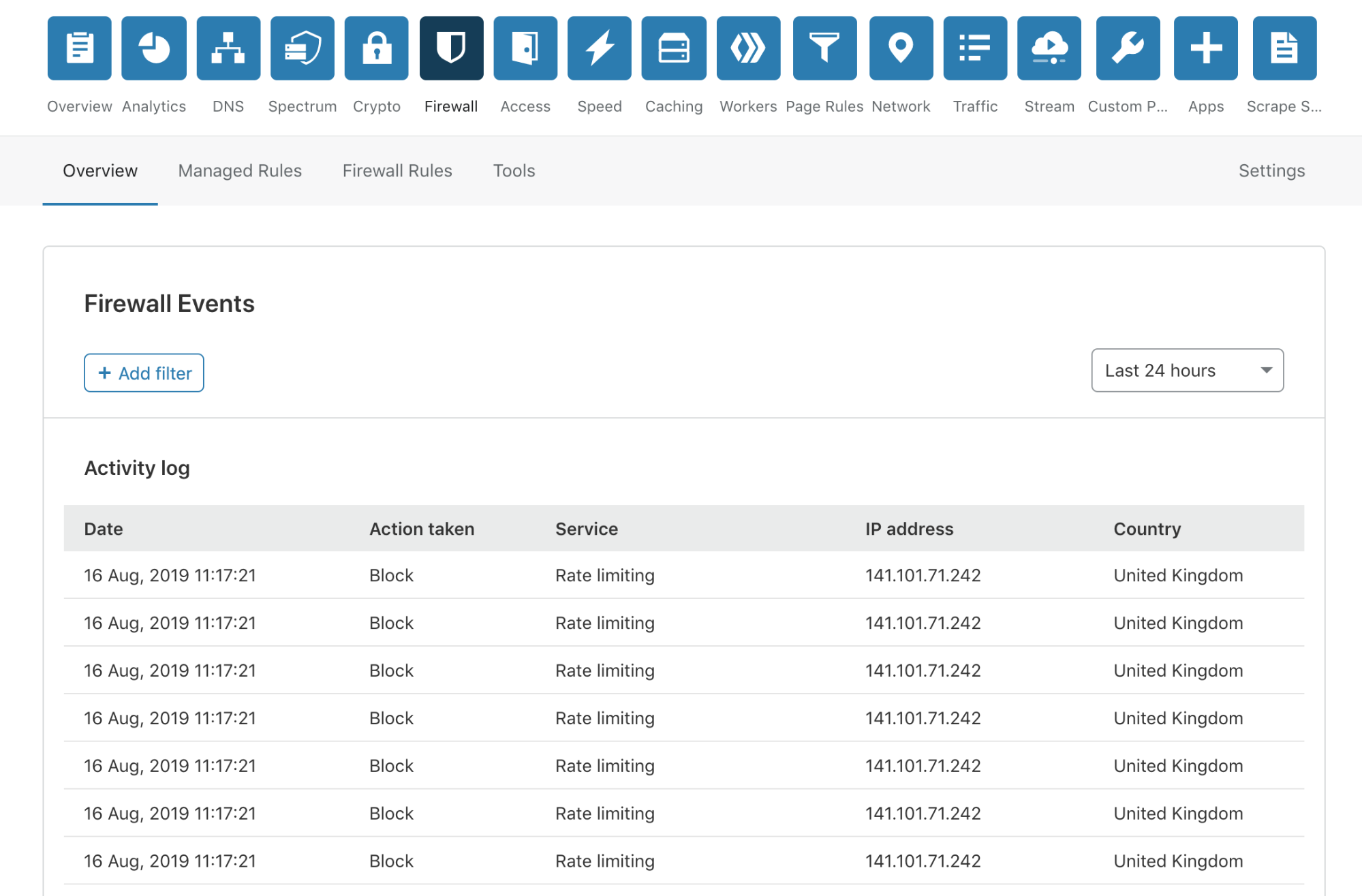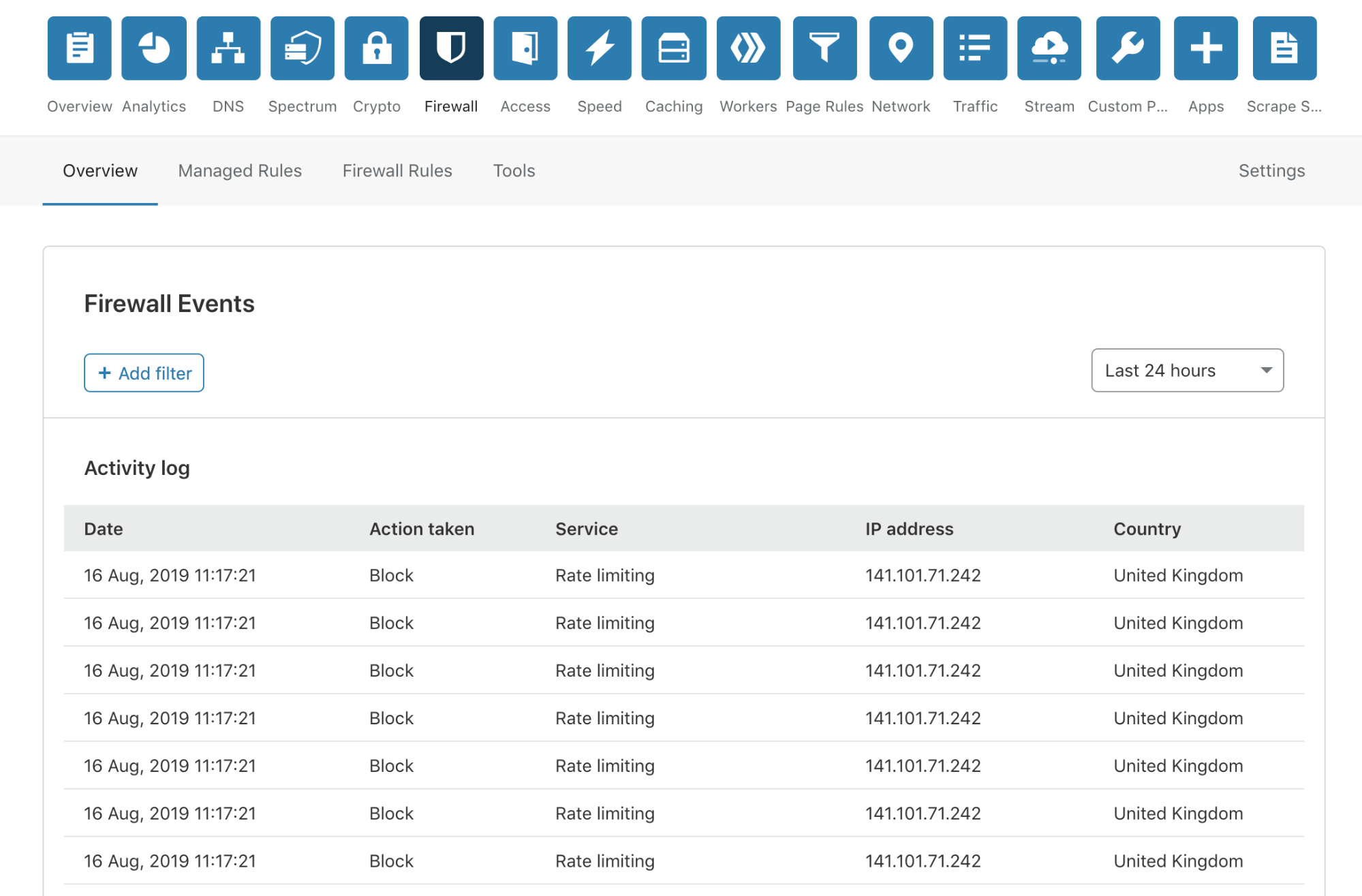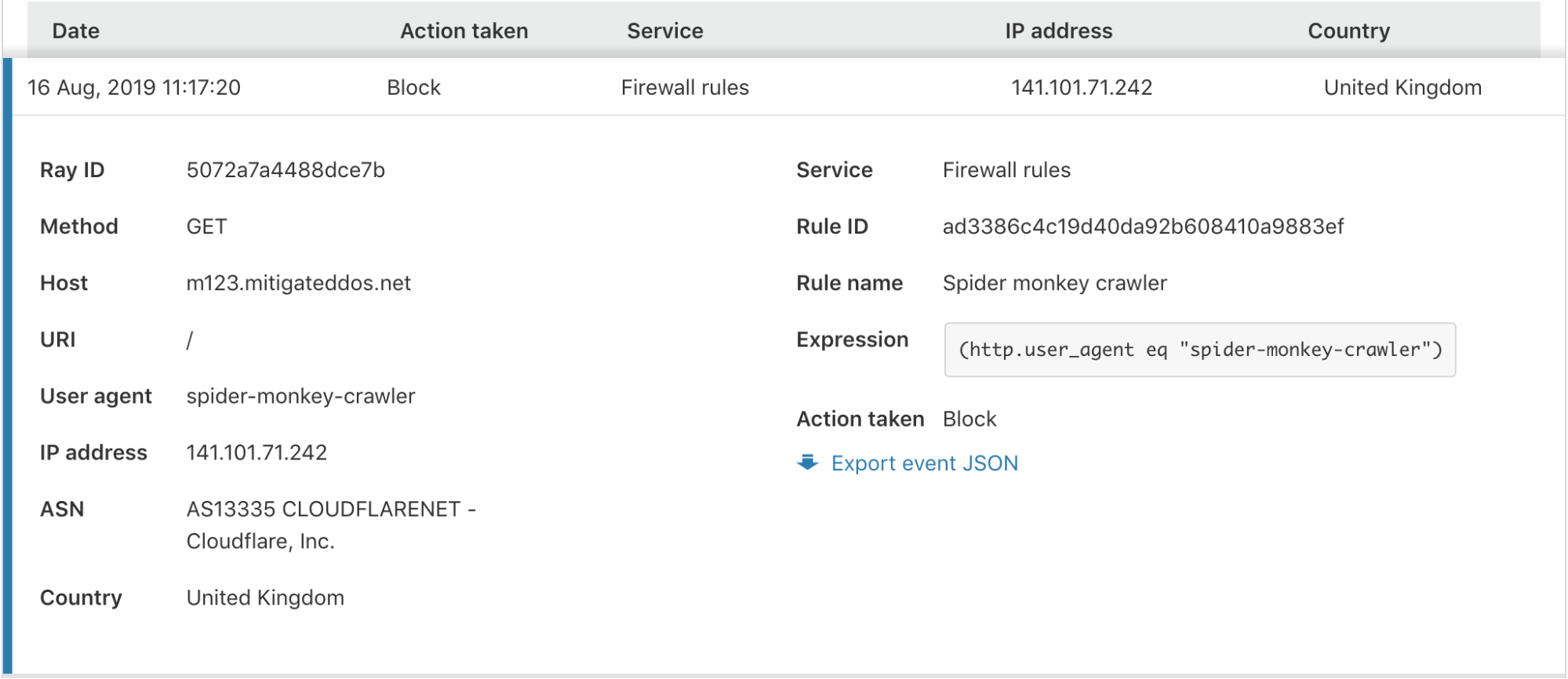Semiconductor startup Cerebras Systems launches massive AI chip
There are a host of different AI-related solutions for the data center, ranging from add-in cards to dedicated servers, like the Nvidia DGX-2. But a startup called Cerebras Systems has its own server offering that relies on a single massive processor rather than a slew of small ones working in parallel.Cerebras has taken the wraps off its Wafer Scale Engine (WSE), an AI chip that measures 8.46x8.46 inches, making it almost the size of an iPad and more than 50 times larger than a CPU or GPU. A typical CPU or GPU is about the size of a postage stamp.Now see how AI can boost data-center availability and efficiency. Cerebras won’t sell the chips to ODMs due to the challenges of building and cooling such a massive chip. Instead, it will come as part of a complete server to be installed in data centers, which it says will start shipping in October.To read this article in full, please click here





